We sometimes forget it is communities, not just organisations, that define public value. As such, the extent to which public value is delivered will be judged by the community. For all public sector agencies, the community is either directly or indirectly the main customer and stakeholder, making community engagement vitally important. However, there are some common issues organisations may run into when trying to engage communities. Below are the 4 key challenges we’ve come across, along with some suggestions for making your engagement activities a success.
Challenge 1: Letting fear, not opportunity, shape engagement
A number of organisations understand the need to engage communities but may be reluctant because of the expectations it can raise, especially organisations that face significant public scrutiny.
Sometimes organisations will promote an engagement exercise as ‘collaborative’ because it comes across as positive, when in reality the intention is limited to informing or consulting stakeholders about something. Organisations should not underestimate the mis-match of expectations this sets with the community. At best, this can come off as disorganised and at worst, it can appear as intentionally misleading.
Achieving success: Understand your approach, plan it, and commit to it
- Clearly define your purpose and what the goals of engagement are
- Research, plan and assess risk to overcome concerns about ‘unknowns’. Take the time to think through your approach and the strategies you will use to work through any complex or sensitive issues
- Identify what the organisation is willing to commit itself to before making promises about the engagement approach
- Plan for change. If you anticipate people won’t be happy about the level of engagement you are planning and may want further involvement, identify how this can happen or if it can’t, be upfront about the reasons why
Challenge 2: Not spending enough time upfront to understand communities
Communities cannot be lumped together into a single homogenous group. They are diverse, comprised of different groups with very distinct needs, interests and opinions. Working on un-proven assumptions and stereotypes, or not investing in the effort of researching and understanding communities will undermine engagement efforts.
Achieving success: Understand and have empathy with the communities you interact with
- Take the time to listen and learn about experiences that shape different communities
- Practice taking different viewpoints to gain a deeper understanding of why people might arrive at a particular position on an issue
- Avoid working off assumptions and make sure you are informed about different communities and how they define themselves. If you are lacking insight and knowledge about different communities, ask community representatives to come on board to help build your knowledge
- Use your knowledge and empathy to shape your engagement approach and show your communities that you have put some thought in upfront
Challenge 3: Treating engagement as the destination and not the vehicle
Sometimes engagement can be inadvertently treated as a ‘tick the box’ exercise instead of a tool to help achieve goals and positive outcomes. It is something that is just ‘done’ instead of something that is truly owned and leveraged for mutual benefit.
Achieving success: Be honest and authentic
- Find ways to show you are genuine and you are committed to the process. At the end of the day, engagement is just people coming together to work through problems and opportunities. Be professional, but be yourself!
- Be honest and upfront about the nature of the engagement. If you are only there to inform, say so. If you genuinely want to implement community ideas, but don’t have control over the decision-making – say so
- As noted earlier, communities are extremely diverse and the needs, expectations and views across communities can be very different. Be real about the fact that you won’t be able to please everyone
- Remember that you too can benefit from good community engagement. Think about what good engagement means for you, and how it helps achieve your broader outcomes
Challenge 4: Designing engagement approaches that aren’t fit for purpose
Sometimes we can get caught up in formality and bureaucracy without properly considering what a good engagement session looks like.
Achieving success: Create a friendly, inclusive and safe environment
- Use engagement methods that set a tone where all ideas are welcome and people can feel heard and create an atmosphere where relationships can be built, strengthened and trust can be established
- Think about what an inclusive environment looks like for different people. A well delivered Acknowledgement of Country, access to prayer rooms, wheelchair access or hearing loops can all create an inclusive, friendly and safe environment for different community members
Achieving overall success: Make your engagement engaging
- Regardless of the format of the engagement, aim to have people walk away feeling like they got something out of it
- Think about ways to make your approach interesting and interactive. This can be achieved through icebreakers, colourful and engaging information packs, holding discussions in an informal style and dedicating time in the agenda for networking and relationship building
- Use plain language. Did you know that over 40% of Australians have basic to mid levels of literacy? Plain language is often viewed as ‘dumbing down’ but in reality, it makes ideas accessible to everybody and allows you to communicate more clearly and directly
The last word…
Organisations can gain significantly by speaking directly to communities about big issues, new projects or strategies and, of course, what they see as public value. There are a number of resources that can support you in your community engagement activities, including the IAP2’s Public Participation Spectrum.
If you bring commitment, creativity and enthusiasm so will the community, who will offer support, trust and most importantly, solutions.
If you need any help with community engagement, please get in touch with us below. Cube offers several stakeholder engagement services and have developed a variety of tools that we’d be happy to share.







